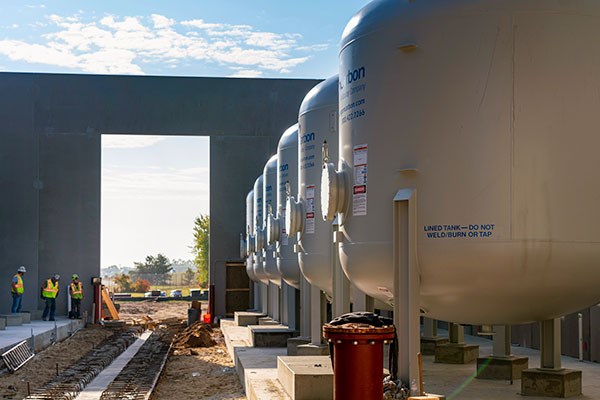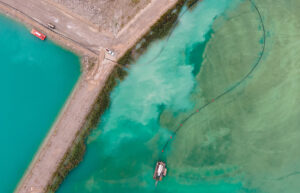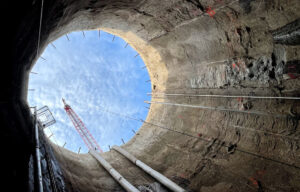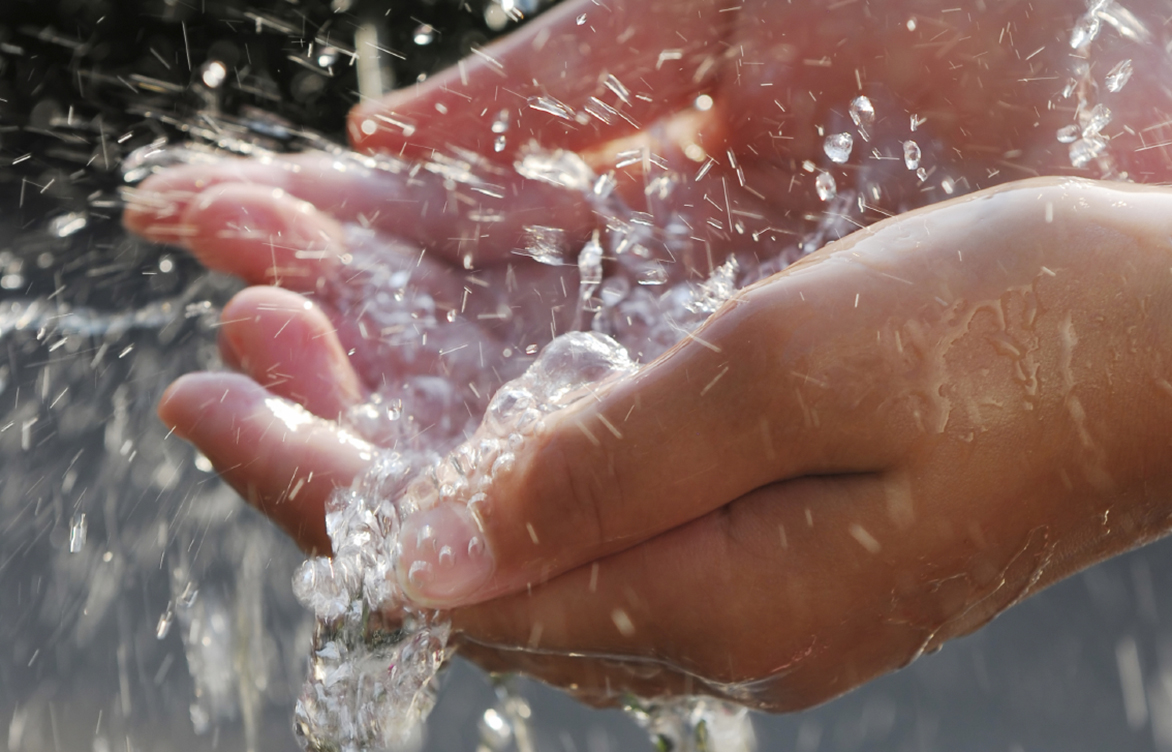
The U.S. Environmental Protection Agency (EPA) announced the proposed National Primary Drinking Water Regulation (NPDWR) for six per- and polyfluoroalkyl substances (PFAS) on March 14, 2023. Once finalized and promulgated, maximum contaminant levels (MCLs)—which would be enforceable and would supersede state-specific drinking water limits—would require monitoring of public water systems, regardless of the actions or regulations in an individual state. For more detailed information on this proposed regulation, check out our recent blog article: EPA proposes maximum contaminant levels for six PFAS in drinking water. The public comment period is now open, and comments must be submitted by May 30, 2023.
How federal MCLs influence state criteria and permit effluent limits
The Safe Drinking Water Act (SDWA) gives individual states the opportunity to set and enforce their own drinking water criteria, provided the criteria are at least as stringent as the EPA’s national criteria. Currently, many states have set MCLs or other regulatory limits for one or more PFAS. When the EPA’s final rule goes into effect, states will be required to have drinking water criteria that are no less strict than the final federal MCLs.
Under the Clean Water Act (CWA), states use water quality criteria to derive effluent limits for National Pollutant Discharge Elimination System (NPDES) permits that regulate point source discharges to waterbodies. When developing effluent limits for an NPDES permit, discharge limits must protect the uses of the receiving waterbody. If the receiving waterbody is a drinking water source, MCLs will influence the derivation of human health-based water quality criteria and related permit effluent limits.
State-specific processes for incorporating federal MCLs
Once the EPA promulgates a final federal MCL rule, public drinking water systems subject to this rule will have three years to comply.
State-specific incorporation of federal MCLs varies by state. In some states, federal MCLs automatically become state water quality criteria (see the examples in the table below). If the federal MCLs are not automatically incorporated into water quality criteria by rule, states will go through their own regulatory process to develop and adopt water quality criteria that consider federal MCLs.
Summary of select state-specific incorporation of federal MCLs

Next steps
Actions to take now and in the coming months are site- and industry-specific. Industries affected by these federal and state regulations include, but are not limited to, landfills, chemical and allied products manufacturers, steam-electric power-generating facilities, coal mines, and petroleum refineries and terminals. Any facility with the potential to discharge PFAS will want to determine if the nearest receiving waterbody has a listed drinking water use, in which case MCL-based water quality criteria may apply.
Consider taking an inventory of any on-site material that may contain PFAS compounds, documenting those efforts, assessing the risk that any of these compounds/products may pose to discharges, and taking steps to minimize any potential for discharge (e.g., product substitution, best management practices, etc.). Additionally, some may opt to require chemical suppliers to certify the chemicals brought on-site are PFAS-free. If any sampling is being performed now, be sure the latest PFAS sampling and analytical methodologies are followed. Sampling, analysis, and interpretation of PFAS results is complex and should be performed following a vetted protocol or with the consultation of an experienced advisor. Finally, industry groups are busy preparing comment letters to meet the May 30, 2023, deadline. Participation in these groups can help express implementation and compliance challenges.
Timeline
Assuming the comment period is not extended and challenges do not delay the overall process, the timeline for the proposed MCLs could look like the following:
-
March 29, 2023: published in Federal Register
-
May 4, 2023: public hearing to receive verbal comments
-
May 30, 2023: end of public comment period
-
December 2023: rule becomes final
-
December 2026: drinking water systems must meet MCLs
Barr has been assisting public and industrial facilities across the United States with PFAS in their permits, conducting sampling and analysis with the goal of source reduction, and assisting in water treatment design for PFAS for over two decades. Contact us to learn more about what’s happening in your state, our PFAS work, and what Barr can do for you.
About the authors
Kristine Corneillie, senior environmental engineer, has more than 20 years of experience consulting on water quality, wastewater, stormwater, recycled water, and watershed management. She has assisted municipalities and agencies with NPDES permit renewal applications and negotiations, special studies, and enforcement proceedings. Her background includes drafting regional watershed permits and plans for sewer-system management, TMDL implementation, wasteload allocation attainment, trash reduction and implementation, and sampling and analysis plans.
Andrea Collier, senior environmental engineer, has 20 years of experience with stormwater systems, permitting, and pollution control, as well as water and wastewater infrastructure and planning. Her areas of expertise include NPDES permitting, industrial stormwater, and water quality science. Andrea has participated as a lead auditor or subject matter expert for numerous NPDES audits at manufacturing sites in the U.S.
Related projects
Assessment of PFAS use
A manufacturing client hired Barr to provide a desktop assessment of PFAS use in its operations and the potential impacts. A class of emerging contaminants, PFAS has seen increased regulation throughout the U.S. The purpose of the assessment was to provide a snapshot of the facility’s current operations to inform the client on potential risks associated with PFAS.
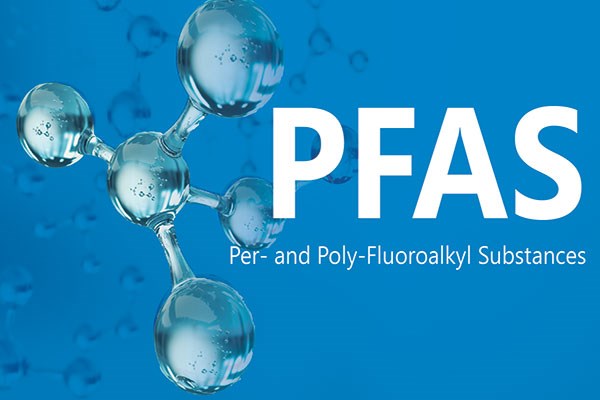
Multi-site PFAS remedial investigation and remediation
PFAS have been detected in public water supplies and private wells at or near active and former manufacturing facilities owned by Saint-Gobain. At these sites in the eastern United States, a group of potentially responsible parties is working with local, state, and federal regulatory authorities. Barr is part of a collaborative consulting team conducting remedial investigations and feasibility studies.
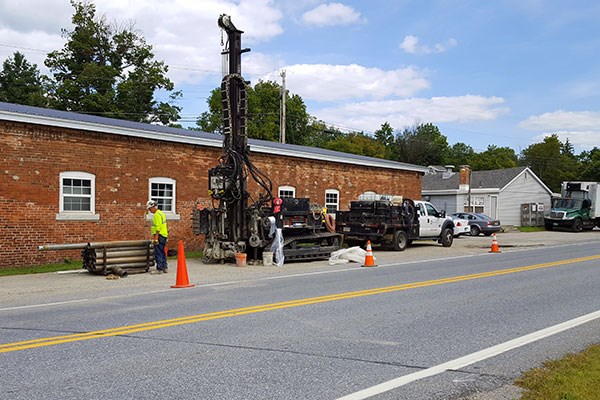
PFAS-impacted drinking water response and treatment plant design
Aqueous-film-forming foam (AFFF), containing PFAS, has long been used for fire-suppression and firefighter training at the Bemidji airport, as it has at many airports across the country. The PFAS have migrated into groundwater and are being captured by the city’s drinking-water-supply wells. In 2017, the Minnesota Department of Health updated the health-based advisory values (HBVs) for two types of PFAS. The city asked Barr to identify immediate and short- and long-term response actions to keep their water supply in compliance with the new HBVs.
